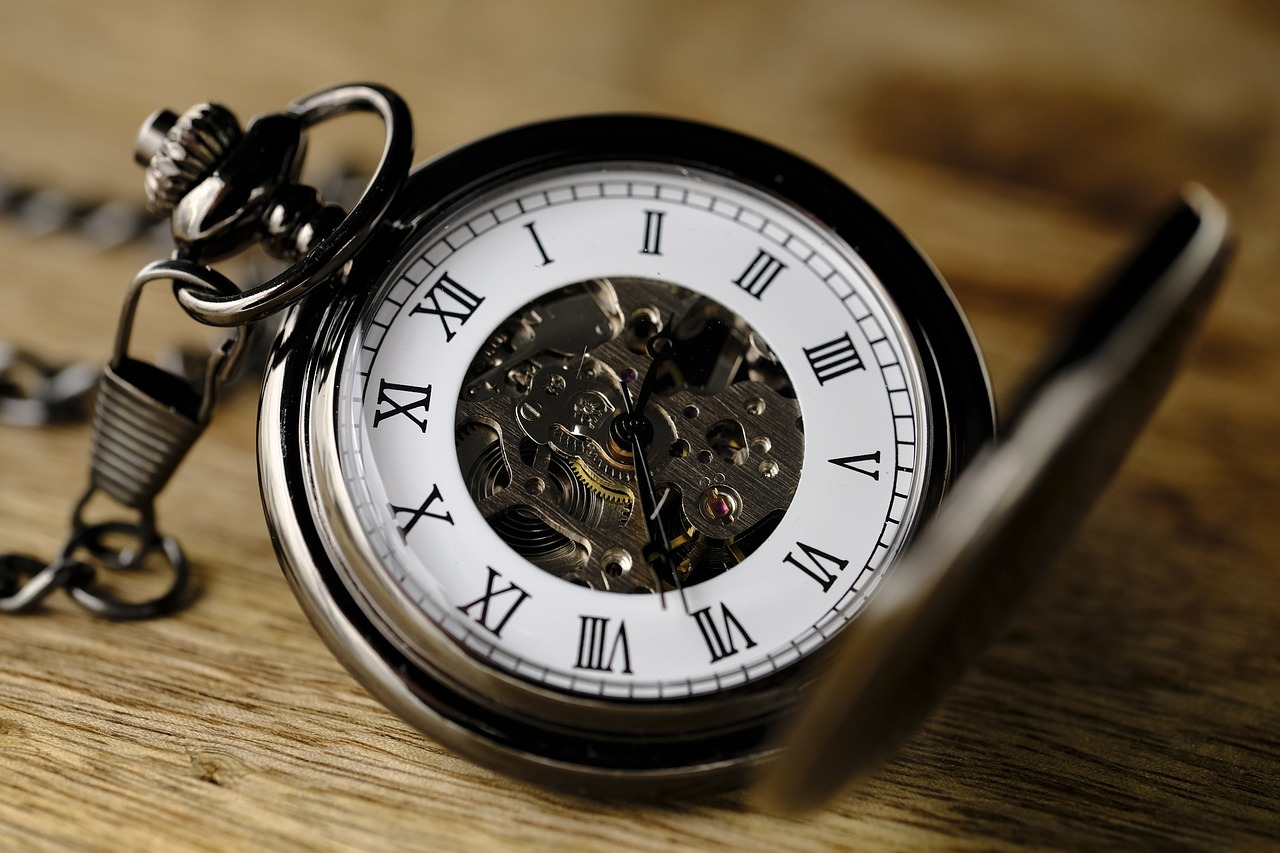That’s one beautiful watch. It is also as complicated as Marie Antoinette herself, who was supposed to own one of the most celebrated timepieces, known simply as the “Marie Antoinette watch.” In its more pragmatic terms, the watch is actually named Berguet No. 160 Grand Complication. It could have been the latest in watch fashion had it been released in Marie Antoinette’s era.
For the benefit of the first-time readers, a complication is a type of timepiece whose clockface displays more than just the usual hours, minutes and seconds. It adds any of several additional features such as the chronograph, date and/or day of the week and/or month display, time of sunset/sunrise, perpetual and annual calendars, repeaters, solar time, sidereal time, etc. Some pieces even tell you about the lunar phase, as well as have the star chart and sign of the Zodiac. Now you know why it’s called a complication!
Marie Antoinette’s watch, on the other hand, possesses several features aside from the standard clock: perpetual calendar, minute repeater, thermometer, chronograph, power reserve, pare-chute, (shock absorber), chime, and an independent second hand. It could have been the ultimate gadget in those days!
It is an elaborate, intricate and exquisite timepiece. Instead of the usual brass case of other old timepieces, Marie Antoinette’s watch is encased in gold. One of the grand complication’s mechanical parts contains sapphire which as we all know is a precious stone. The sapphire is not only fit into the gears just for aesthetic purposes (maybe), it is also used to lessen resistance and friction. The watch has a crystal-clear face which lets one peek through to the movements of different gears inside.
This strikingly beautiful watch is both a product of science as well as a work of art. It was designed by Swiss watchmaker Abraham-Louis Breguet (b. 1747 – d. 1823), one of the greatest and most technically innovative horologists in history. He built up a reputation as a watchmaker whose clientele ranged from public figures to the European noble men and women.
So it came as no surprise when Breguet was commissioned to create the watch by Count Hans Axel von Fersen, who was a Swedish count and member of the Royal Swedish Army. In history books, he is known as the alleged lover of the famous French queen. He intended to give the watch to Marie Antoinette but she was tried and guillotined in 1793.
Breguet’s work on the watch started a decade before. As the name rightly suggests, creating the watch was complicated and labor-intensive. Ultimately, completion of the watch took 44 years, as it was interrupted by major upheavals in the continent, including the French Revolution. Seventeen years after Marie Antoinette’s death, in 1810 von Fersen was beaten to death by an enraged mob who were convinced by rumors that he had plotted the killing of Danish prince Carl August (who would have been king if he didn’t actually die of a stroke, all of a sudden). So both Marie Antoinette and von Fersen never lived to see the watch
Breguet himself died in 1823. His son, also a watchmaker, finished the masterpiece four years later.
So as the watch never went to its intended owner, where did it land next?
For a time the watch was owned by several members of the French nobility until it landed in the hands of British science author and barrister Sir David Lionel Salomons, who owned a watch and clock collection. He left his collection to his daughter Vera, a nurse who had traveled across the globe. After the Second World War, she settled in Jerusalem, where she eventually used her father’s money to establish the Museum For Islamic Art (now the L.A. Mayer Institute for Islamic Art) The museum also features Salomon’s clock collection, which amounts to 108 pieces – and they included the Marie Antoinette watch as well as other masterpieces by Breguet.
However, the Marie Antoinette watch was stolen by thieves who broke into the museum during the Jewish Sabbath, in 1983. They also took many other watches as well. During the years when the watch wasn’t recovered yet, the company (also named Breguet) decided to create a replica of the Marie Antoinette watch, rather than offering a reward to anyone who might have found the original watch.
Mercifully, the Marie Antoinette watch was recovered in 2007, 24 years after it was stolen. The esteemed timepiece is now valued at $30 million.
The elegant, precise and beautiful Marie Antoinette watch – a product of science and innovation, a work of art, and now a historical souvenir – is easily the queen of all watches.

